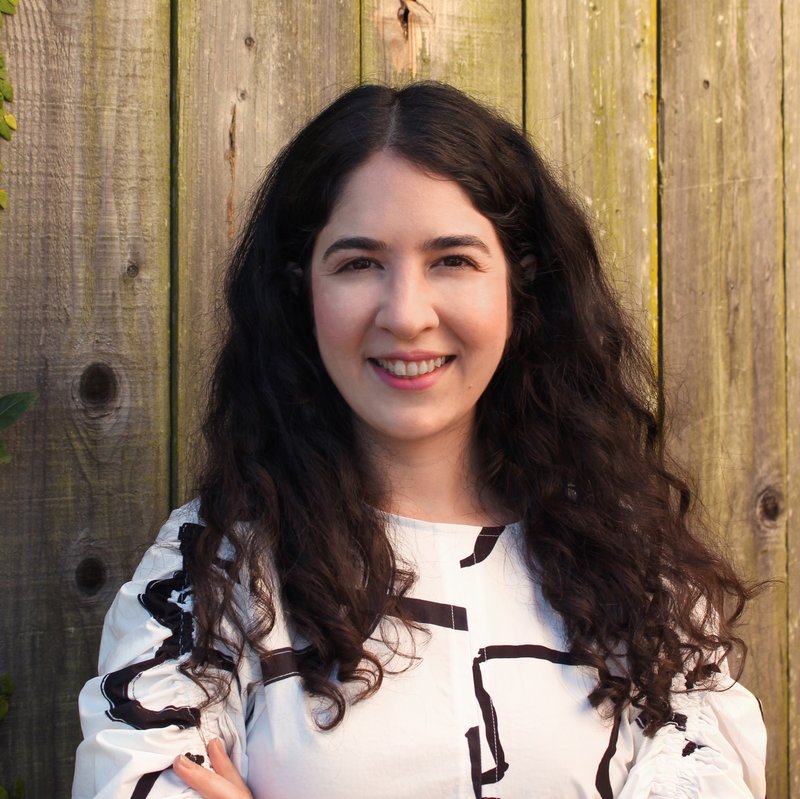Naz Cuguoglu

In 2022, 41 contemporary art curators, researchers, and museum directors from 24 different countries were awarded to attend the CIMAM 2022 Annual Conference. The CIMAM 2022 Annual Conference, titled "The Attentive Museum. Permeable Practices for a Common Ground", was held in Mallorca (Balearic Islands), Spain on 11–13 November, hosted by Es Baluard Museu d'Art Contemporani de Palma.
Naz Cuguoglu's Conference Report
Joining the CIMAM 2022 Annual Conference was a great opportunity to engage in urgent discussions and dialogues around the role of art institutions in our current time. Creating a safe space where we could discuss the challenges and potentialities of the museums today, the conference allowed us to be a part of a supportive network of colleagues. The discussion sessions were helpful platforms for sharing resources with colleagues in terms of dismantling museum hierarchies, building learning structures (that are horizontal instead of vertical), and creating flourishing and diverse communities and audiences.
As a Curatorial Fellow at Asian Art Museum (San Francisco)’s contemporary art department, I have been conducting research on artists in the museum's collection, focusing on queer, women, and immigrant artists—the results of which I shared at documenta 15 this year. Participating in the conference, my aim was to explore the ideas in my research further and investigate curatorial approaches that open space for the complexity of artistic practices that value duality, multidimensionality, and a non-linear perspective of existence. As Bart de Baere noted in his introduction, museums are faced with the danger of creating “spectacles of crisis” while making their programs more diverse and inclusive. This is due mainly to their inability to create sustainable allyships with grassroots organizations. We need to involve artists more in our programming and give them more agency so that museums can be challenged and reoriented.
Iris Dressler questioned how art institutions and museums function in a way that attempts to silence feminist and postcolonial voices. Meskerem Assegued Bantiwalu’s keynote was an inspiring example in providing a real-life example of where a museum can be sustainable in its architecture and programming and giving this voice back. Learning from ancient knowledge of art production, architecture, and landscaping and bringing it to the present in an eco-sensitive art institution, Zoma Museum was the perfect case study for building sustainable models via education programs.
One of the highlights of the conference was the keynote by Denise Ferreira da Silva inquiring: Instead of trying to learn, comprehend, and explain, is it possible to develop another curatorial approach while organizing exhibitions? An approach that is different than the rational critical theory that is rooted in Western thought but instead focused on the experience of art itself. This movement of refusal in the face of western privilege that is called “universalism” can manifest itself as the artwork will reveal itself when the audience is attentive and receptive. In this way, the artwork does not pretend to know anything, and the viewer does not end in the position of the connoisseur. The speculative fabulation as a curatorial methodology can give agency to the viewer, breaking the hierarchies of the museums.
In her presentation titled “Uncomfortable Museum,” Sandra Gamarra Heshiki noted the nature of the museums that go against the principles of life, such as to decay, live, evolve, and breathe. When there are so many limitations at the museums in terms of preservation, the artworks cannot stay alive. Then how would the refusal to occupy the position demanded by institutions look like? One solution is to speak in one’s mother language to remind the western institution that they are not always in the center. Hence, it is about creating spaces for various languages and accents. Another solution is the refusal to say what’s beyond what’s already said — the refusal to be contained by meaning and to be objectified.
In their panel discussion, Emily Jacir and Philip Rizk questioned the term “care” that has been overused by the art scene in the last few years. It is essential to be careful of such approaches. The art world tends to use decolonial keywords to justify their actions but sometimes without any direct, meaningful action. In such cases, resilience becomes unproductive; therefore, it is vital to engage in active listening at an institutional scale. Care is an old term that does not require any discovery, what is needed is a look at existing resources and to listen. In my opinion, there is a blurry line between tokenism (empty curatorial gestures) and meaningful diversity. That nuance is our next challenge as researchers and curators at art institutions, and the CIMAM conference gave me a chance to think about methodologies to deal with that challenge.